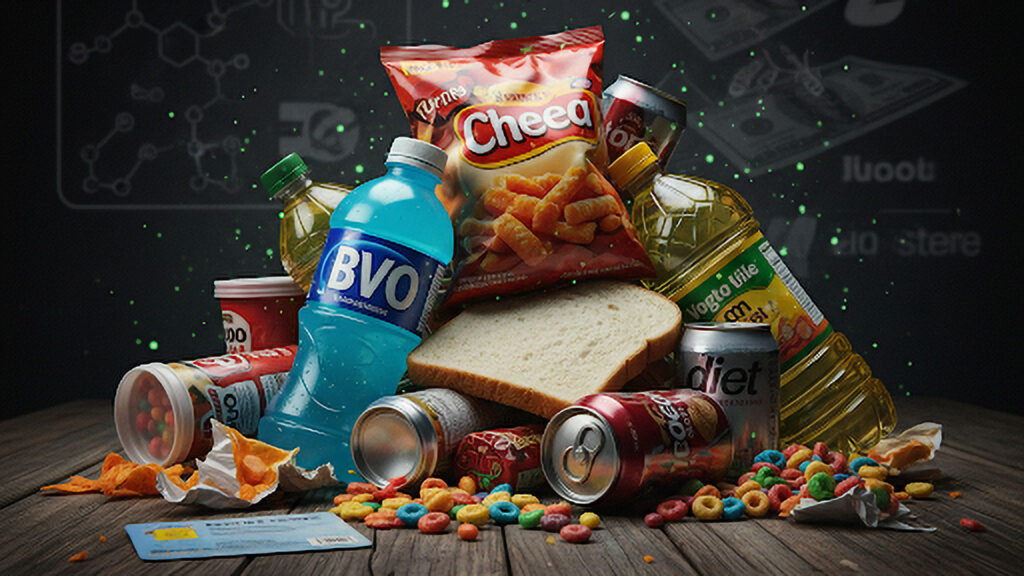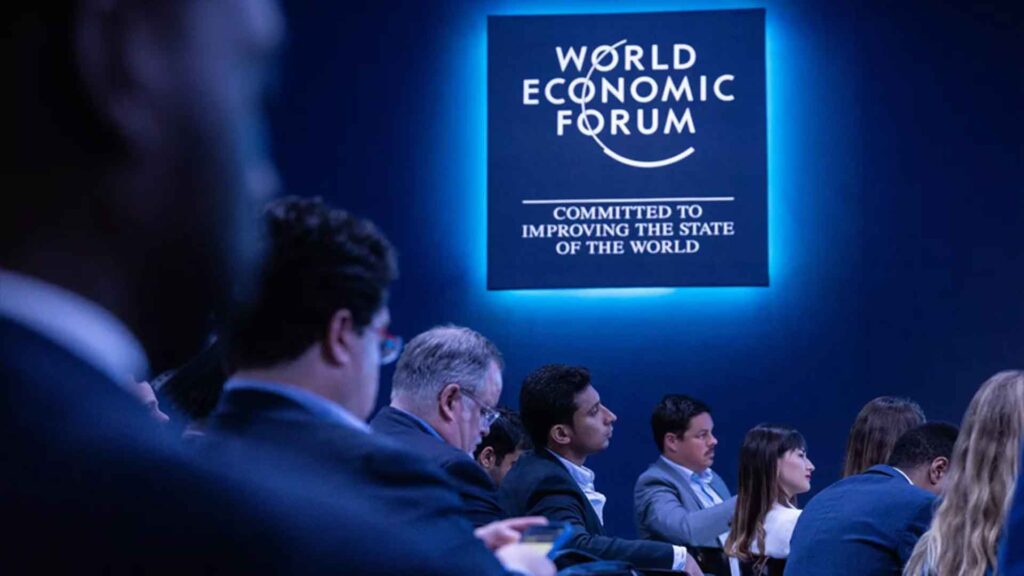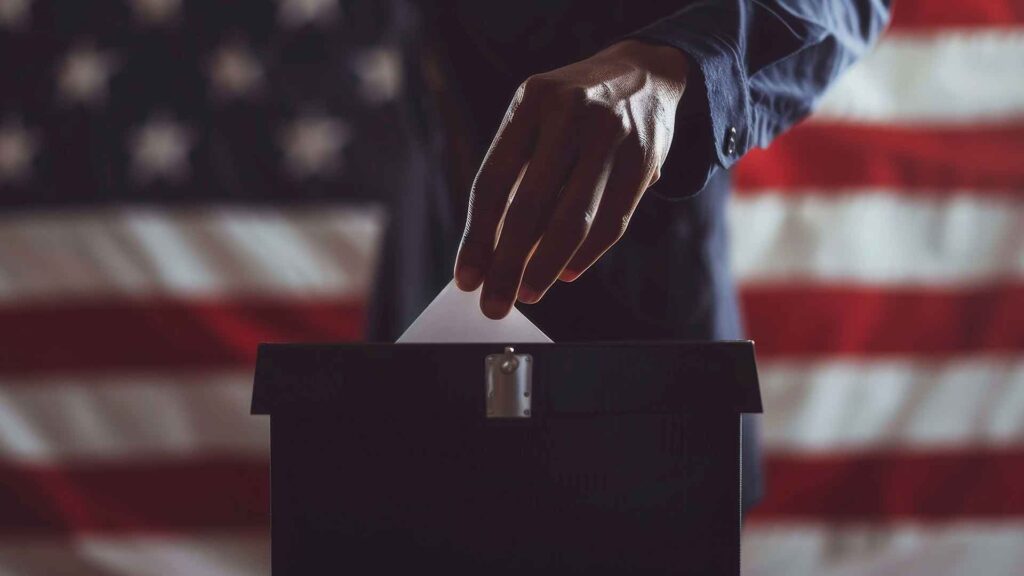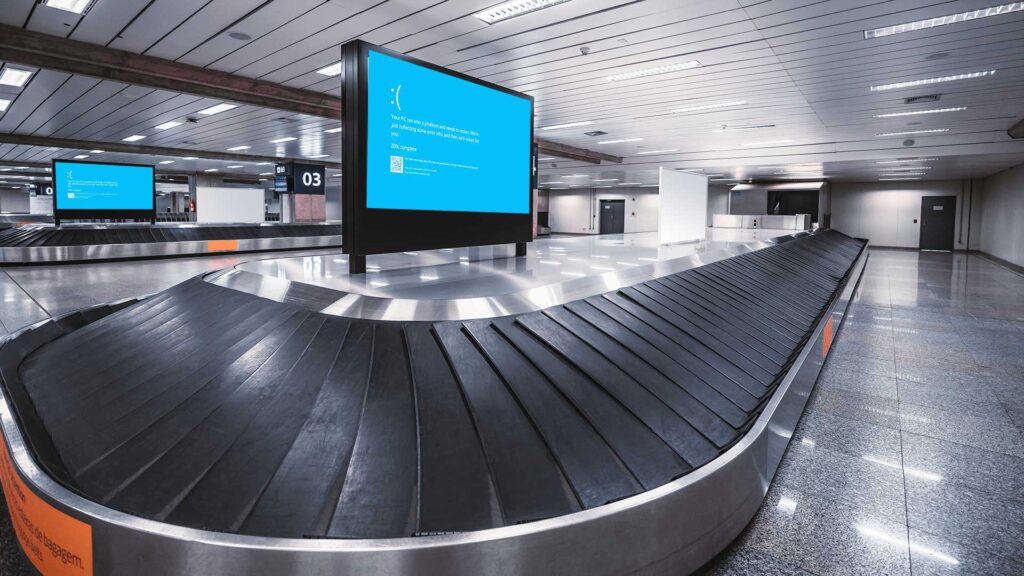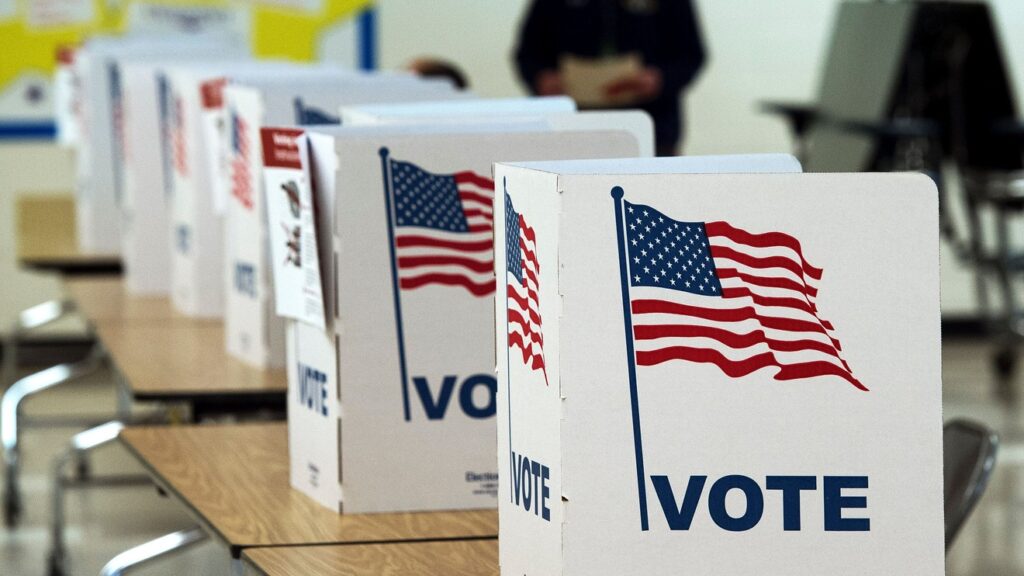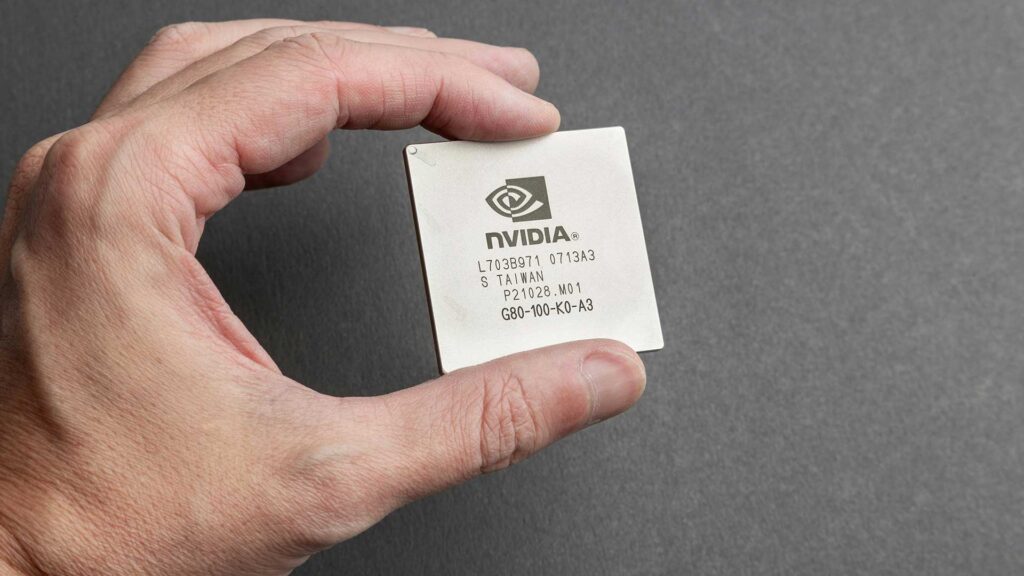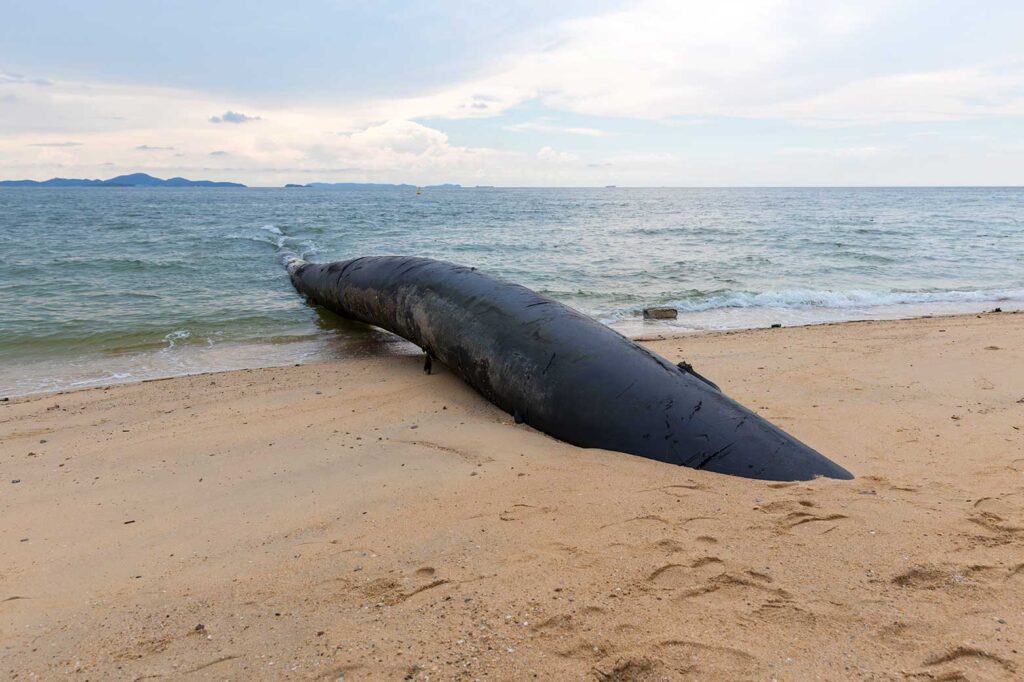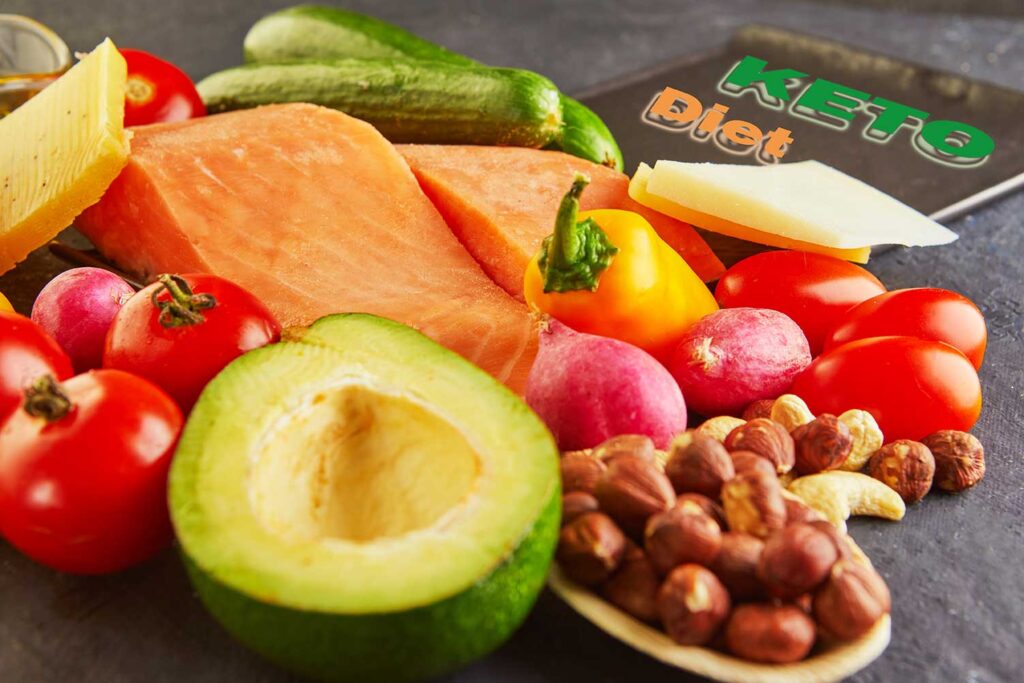A New Front in Public Health: Robert F. Kennedy Jr.’s Crusade for Food Safety
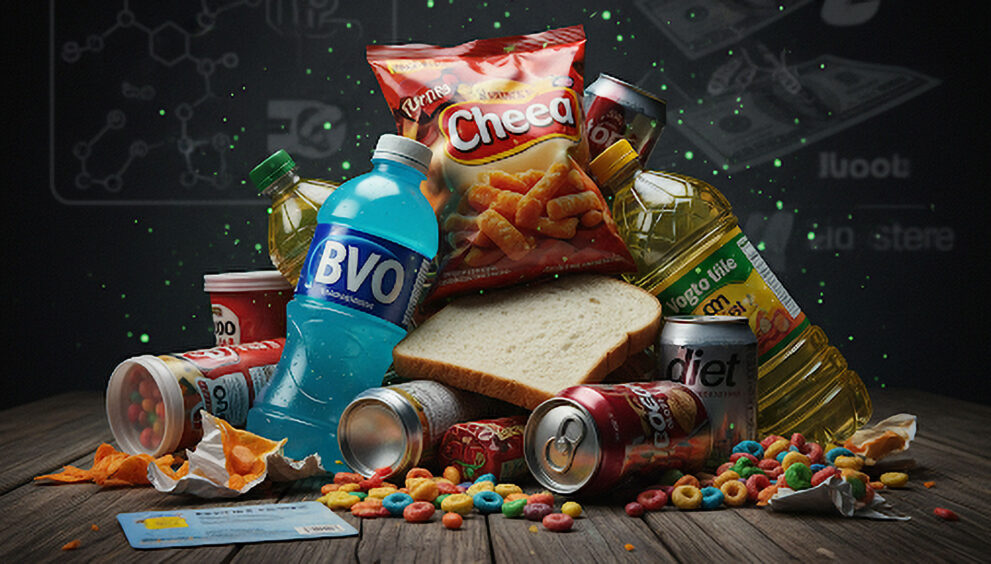
In a bold move that has drawn both praise and controversy, Robert F. Kennedy Jr. has launched a significant public health effort aimed at reforming the American food landscape. At the heart of his “Make Americans Healthy Again” (MAHA) initiative is a direct challenge to the US government and the corporate giants of the food industry to remove what he identifies as ten “dangerous foods” and ingredients from our food supply. This campaign asserts that decades of relaxed regulation have allowed harmful substances to proliferate, contributing to a nationwide health crisis.
Unmasking the “Dangerous Dozen”: A Deep Dive into Foods We Should Rethink
In an era of increasing awareness about health and wellness, a critical conversation is emerging around certain ubiquitous food ingredients. While convenience often dictates our dietary choices, a closer look reveals that some commonly consumed items may pose significant, yet often overlooked, risks to our health. This article delves into a “dangerous dozen” – a collection of foods and ingredients that warrant a second thought before they land on our plates.
The Alarming Truth About Artificial Hues
Walk through any grocery store aisle, and you’re met with a kaleidoscope of vibrant colors, especially in children’s snacks and drinks. Many of these alluring hues come from food dyes. While they make products visually appealing, these synthetic colorings offer no nutritional benefit and have been linked to behavioral issues in children, among other concerns. Why sacrifice health for aesthetics when natural alternatives exist?
Re-evaluating Food Assistance Programs: A Call for Healthier Choices
Food assistance programs, designed to alleviate hunger and support vulnerable communities, are a cornerstone of social welfare. However, the current system often permits the purchase of junk foods, particularly those laden with high fructose corn syrup. There’s a growing movement to reform these programs, advocating for policies that prioritize access to nutritious foods rather than perpetuating cycles of diet-related illnesses.
The Hidden White: Titanium Dioxide in Our Food
You might be surprised to learn that a common ingredient used to give foods a pristine, white appearance is titanium dioxide. While it makes products look “pure,” studies have raised concerns about its potential to cause DNA damage and its classification as a possible carcinogen. This raises a crucial question: are we willing to ingest a substance with such risks for the sake of visual appeal?
Flame Retardants in Your Soda? The Story of Brominated Vegetable Oil
Imagine a flame retardant finding its way into your soft drink. This isn’t science fiction; it’s the reality with brominated vegetable oil (BVO). This ingredient, used as an emulsifier in some beverages, has faced bans in numerous countries across Europe, Asia, and even within the Americas due to concerns about its potential toxic effects.
The Bread We Eat: A Look at Potassium Bromate
The quest for perfectly textured bread has led to the inclusion of potassium bromate in some dough preparations. However, this flour enhancer is considered a possible human carcinogen and has been banned in over 30 countries worldwide. It’s a stark reminder that what makes our food look and feel a certain way isn’t always benign.
The Sweet Deception: High Fructose Corn Syrup’s Health Toll
Ubiquitous in processed foods and sugary drinks, high fructose corn syrup (HFCS) has become a household name – and for all the wrong reasons. This cheap sweetener has been strongly linked to a litany of health problems, including liver damage, fatty liver disease, type 2 diabetes, and an increased risk of heart disease. Its widespread use contributes significantly to the global health crisis.
The Modern Oil Crisis: Understanding Seed Oils
In recent decades, our consumption of seed oils like soybean, corn, and canola oil has skyrocketed. While some argue for their health benefits, others point to their high omega-6 fatty acid content and industrial processing, suggesting they contribute to chronic inflammation and a range of toxic side effects when consumed in large quantities. This debate underscores the importance of balanced fat intake and choosing healthier cooking oils.
The Silent Epidemic: The Dangers of Ultra-Processed Foods
Perhaps the broadest category of concern is ultra-processed foods. These are not simply foods that have been cooked or prepared; they are industrial formulations containing synthetic sugars, synthetic starches, unhealthy seed oils, and a host of artificial additives. They are designed to be hyper-palatable and are often devoid of essential nutrients, contributing to obesity, chronic diseases, and food addiction. Efforts are underway to remove these from institutions like schools and hospitals, promoting healthier environments.
The Artificial Sweetener Conundrum
When looking to cut down on sugar, many turn to artificial sweeteners. However, these chemical-based substitutes are far from harmless. Research suggests they can be addictive, alter gut microbes, and may even contribute to weight gain and an increased risk of certain cancers. The promise of guilt-free sweetness often comes with hidden costs to our health.
The GRAS Loophole: A Question of Trust
One of the most concerning aspects of food safety regulation is the “Generally Recognized As Safe” (GRAS) loophole. This provision allows food manufacturers to perform their own safety testing on ingredients, often without independent oversight. This self-regulation raises serious questions about transparency and the potential for conflicts of interest, highlighting the urgent need for more rigorous, unbiased safety assessments.
Moving Forward: Informed Choices for a Healthier Future
The information presented here is not intended to incite panic but rather to empower individuals with knowledge. Understanding the potential pitfalls of these commonly found ingredients allows us to make more informed dietary choices. As consumers, our collective demand for cleaner, healthier food can drive meaningful change within the food industry and regulatory bodies. By prioritizing whole, unprocessed foods and advocating for stricter safety standards, we can pave the way for a healthier future for ourselves and generations to come.
Yes, I can certainly combine the two articles into one main piece. Here is a unified article that brings together the core ideas, focusing on the broader theme of public health advocacy while detailing the specific food ingredients in question.
A New Front in Public Health: The Call to Reform America’s Food Landscape
In a world where diet-related illnesses are on the rise, a powerful new public health movement is gaining momentum. Led by figures like Robert F. Kennedy Jr., this campaign, known as “Make Americans Healthy Again” (MAHA), is challenging the status quo of the US food supply. It argues that decades of lax regulation have allowed a host of dangerous ingredients to become commonplace, contributing to a national health crisis.
This initiative is not just about a few bad additives; it’s a comprehensive critique of a system that prioritizes corporate profits over public well-being. At the heart of this movement is a focus on what advocates call the “dangerous dozen”—a collection of foods and ingredients they believe must be re-evaluated and, in some cases, removed from our diets.
Unmasking the “Dangerous Dozen”
The MAHA effort directly targets a range of common food items and ingredients, backed by a growing body of research and consumer advocacy. These include:
- Food Dyes: These vibrant, synthetic colorings offer no nutritional value and have been linked to potential behavioral issues in children.
- Brominated Vegetable Oil (BVO): An emulsifier found in some soft drinks, BVO is a flame retardant that has been banned in many countries due to concerns about its toxicity.
- Potassium Bromate: This flour additive makes dough fluffier but is considered a possible human carcinogen and is banned in over 30 countries.
- Titanium Dioxide: Used to make food look “pure” and white, this ingredient has come under scrutiny for its potential to cause DNA damage.
- High Fructose Corn Syrup: A cheap and ubiquitous sweetener, HFCS has been strongly linked to liver damage, type 2 diabetes, and heart disease.
- Seed Oils: The high consumption of industrially processed seed oils is a major concern, as they are believed to contribute to chronic inflammation and other health problems.
- Artificial Sweeteners: These chemical-based substitutes are criticized for being potentially addictive and for their ability to disrupt gut microbes, which can have long-term negative health effects.
- Ultra-Processed Foods: These are industrial formulations loaded with synthetic ingredients. The campaign advocates for their removal from public institutions like schools and hospitals, which often serve as a primary source of nutrition for children and patients.
Beyond specific ingredients, the movement also takes aim at the very system that allows them to flourish. A central point of contention is the US government’s “Generally Recognized As Safe” (GRAS) loophole. This controversial regulation allows companies to perform their own safety testing on ingredients, a practice critics argue lacks crucial independent oversight.
The Call for Change
The campaign led by Robert F. Kennedy Jr. is a powerful call to action. It urges consumers to become more aware of what’s in their food and advocates for stronger, more transparent food safety regulations. By targeting both specific harmful ingredients and the regulatory framework that enables them, the “Make Americans Healthy Again” initiative seeks to ignite a nationwide conversation about public health and empower individuals to demand a healthier, safer food supply for everyone.



 English
English 





